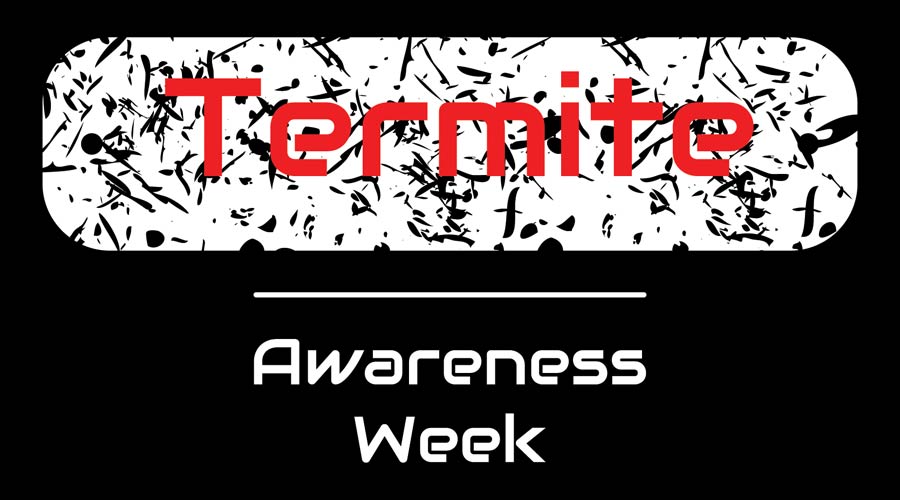With the start of the rainy season, residents will also see swarms of termites, especially West Indian dry wood termites (Cryptotermes brevis). Here in the Florida Keys we have two economically harmful termites, Asian subterranean termites (Coptotermes gestroi) and West Indian drywood termites. Formosan subterranean termites and our native eastern subterranean termites are very rare here in the Keys. The global economic cost of termite infestation is estimated at $ 40 billion per year.
Swarming events
Reproductive adults called Alates fly to colonize new wood as soon as their colony has matured. This usually happens about 5 years after the first incorporation. Alates fly from dusk until dawn and are weak fliers that often drift with the wind. They drop their wings within minutes of landing, breaking off into male and female pairs. Termite alates can quickly succumb to predation and dehydration if they cannot find a suitable wedding chamber. Wood with defects such as cracks, knots or nail holes is preferred. Termites are attracted to light, so people often see them flying around street lights or other outdoor lights. For West Indian Drywood termites, this occurs from April to June and coincides with the rainy season, but for Asian underground termites, dispersal flights have been recorded from February to April.
While West Indian drywood termites are only found in buildings, common timber, Asian underground termites, and wetwood termites are also found in living trees. Extensive damage to adult, living trees from the invasive Asian underground termites has recently been reported on some native trees.
Swarm protection
The main goal to prevent Alates from getting into your home is to lock out. Examine your home for possible entry points. Keep in mind that termites can fit into very small spaces. So seal any cracks or crevices, keep the soffits in good condition, and use a mesh screen in attics. Since they are attracted to the light, it is best to turn the lights off during this time if it is not a safety hazard. Also, keep windows and doors closed whenever possible during a swarm.
Termite identification
If you find termite alate or dealate (wingless) after a swarming event, you can send samples to your local extension office for identification. The samples are best stored in a vial with alcohol. County Extension Agents work closely with university termite specialists to ensure accurate identification. An interactive map of termite distribution in Florida is maintained by specialists from the University of Florida, Fort Lauderdale Research and Education Center.
Additional resources:
Termite distribution map: https://flrec.ifas.ufl.edu/termites-in-florida/termite-distribution/
Termites in Florida https://flrec.ifas.ufl.edu/termites-in-florida/









